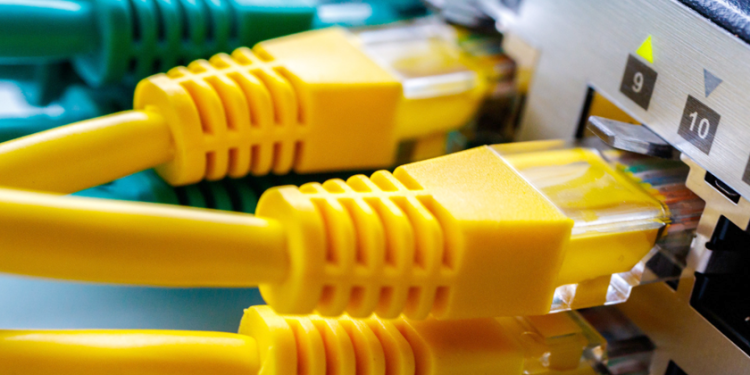Millions of people across the United States are eligible for government cable bill assistance through the Affordable Connectivity Program.
What is the Affordable Connectivity Program?
The Affordable Connectivity Program is a government program that provides a monthly subsidy to help reduce the cost of cable, internet, and phone service for low-income households. The program is administered by the Federal Communications Commission (FCC) and is available to residents in all 50 states.
The ACP is part of the $1.2 trillion bipartisan Infrastructure Investment and Jobs Act, which was signed into law by President Joe Biden on November 15, 2021 and aims to make federal subsidies for Internet access permanent. The program will also increase and improve broadband infrastructure across the country, particularly in rural areas.
When the EBB program expired on December 31, 2021, the ACP program took effect. The ACP will give eligible families a $30/month benefit to assist them in paying for their preferred Internet service provider after a 60-day transition period, during which EBB recipients will continue to receive their $50 per month EBB benefit.
How do I know if I’m eligible?
You may be eligible for government cable bill assistance through the Affordable Connectivity Program if your household income falls below certain limits. The amount of the subsidy depends on your state, but typically ranges from $10 to $40 per month.
A household is eligible for the Affordable Connectivity Program if its income is at or below 200% of the Federal Poverty Guidelines, or a member of the household satisfies any one of the following conditions:
Participates in certain assistance programs, such as the Supplemental Nutrition Assistance Program (SNAP), Medicaid, Federal Public Housing Assistance, SSI, WIC, or Lifeline;
Participates in government-funded programs that are targeted to particular tribes, such as the BIA General Assistance program, Tribal TANF, or Indian Reservations’ Food Distribution Program.
Participates in the National School Lunch Program or the School Breakfast Program, including through the USDA Community Eligibility Provision;
During the current award year, receives a Federal Pell Grant.
What if I do not have a tablet, phone, or computer to access the Internet?
Access to high-speed Internet, of course, is meaningless to homes without a device that can connect to it. To address this issue, $475 million has been set aside in the infrastructure bill for the Connected Device Grant Program, which will assist low-income families and people acquire free or discounted tablets and desktop or laptop computers.
What do I need to do to apply?
To apply for government cable bill assistance through the Affordable Connectivity Program, you will need to provide your name, address, and household income. You will also need to provide the name of the provider you wish to receive service from.
You can apply for government cable bill assistance online or by mail. To apply online, visit the FCC website and click on “Apply Now.” To apply by mail, download an application form from the FCC website and send it to the address provided.
How long does it take to process my application?
It typically takes about two weeks for the FCC to process applications for government cable bill assistance through the Affordable Connectivity Program.
If approved, the subsidy will be sent directly to your provider, who will then apply it to your monthly bill.
Are there any other benefits available through the Affordable Connectivity Program?
Yes. In addition to a monthly subsidy, the Affordable Connectivity Program also offers discounted rates on cable, internet, and phone service.
Who are the ACP participating cable providers?
The Federal Communications Commission (FCC) maintains a current list of participating Internet service providers online. Below you can find a list of some of the providers involved in the ACP.
- Comcast/Xfinity
- Charter/Spectrum
- Cox
- Optimum
- Suddenlink
- Mediacom
- Sparklight
- Breezeline (formerly Atlantic Broadband)
- GCI
- Fidelity Communications
- Armstrong
- MCTV
For more information about the Affordable Connectivity Program, visit the FCC website. You can also contact your state’s Public Utility Commission for more information.


